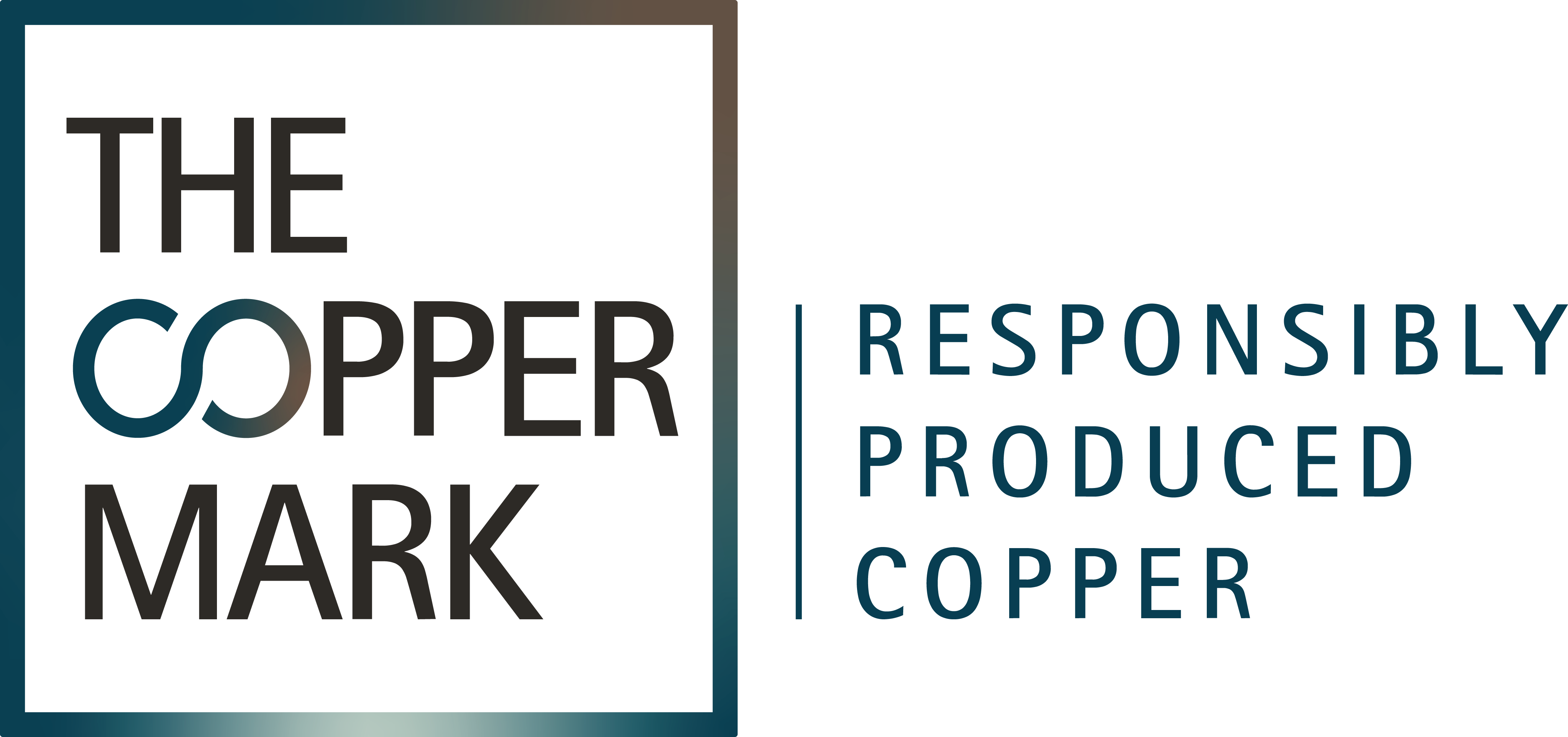The Copper Mark Standard Setting Procedure defines the process by which standards are developed and revised.
STANDARD SETTING
The Copper Mark Standard Setting Procedure defines the process by which standards are developed and revised.
To provide feedback on the Copper Mark standards, please contact the Copper Mark at any time by sending an email to info@coppermark.org. Hard copies of the standards and relevant documents are available upon request by sending an email to info@coppermark.org at no fee.
Grievances about this process, The Copper Mark, or sites participating in or using the Copper Mark Assurance Process should be handled through the Grievance Mechanism.
CURRENT PUBLIC CONSULTATIONS
We do not have any current public consultations.
